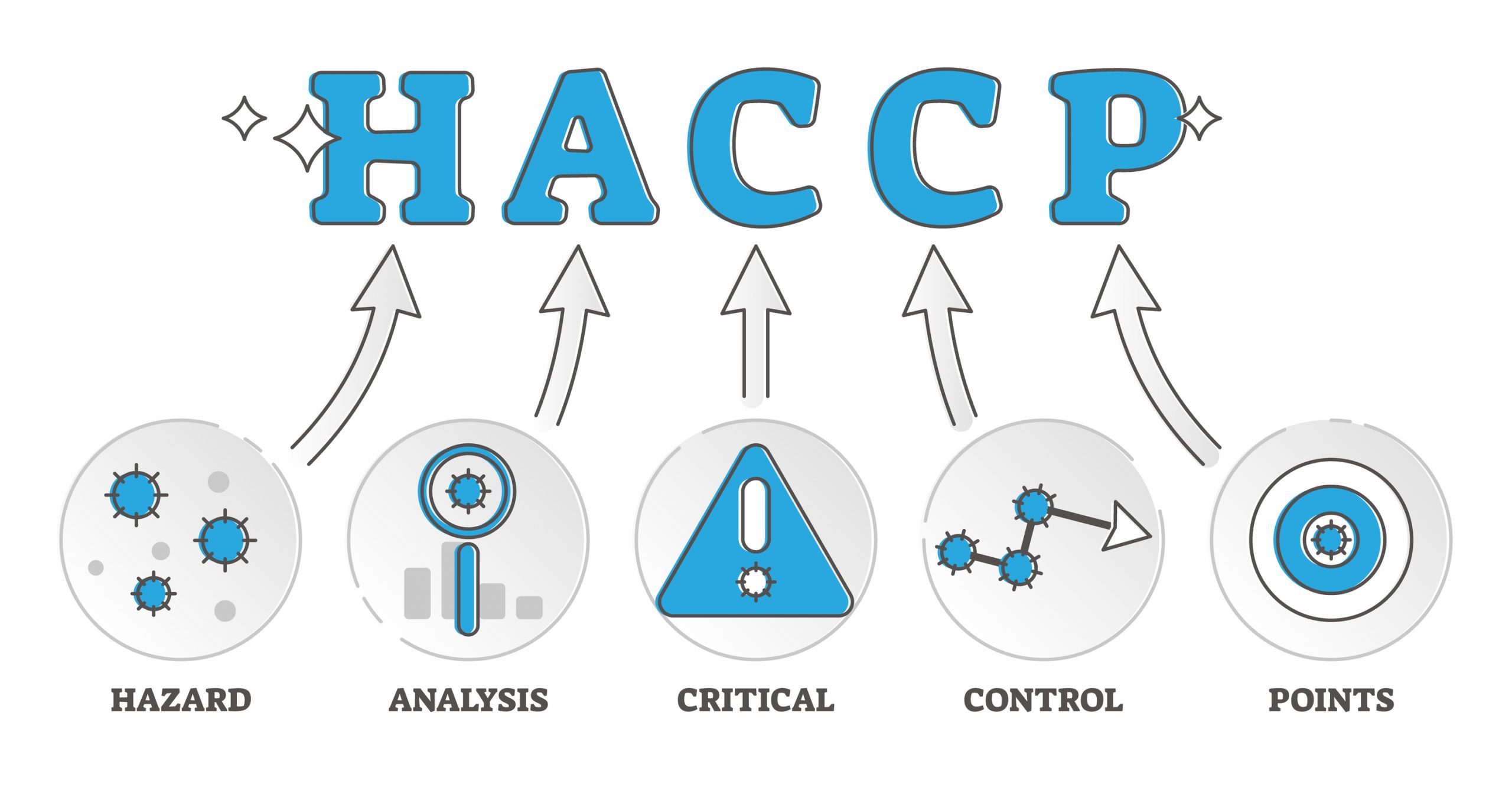QuickBooks Enterprise Inventory Limitations
QuickBooks Enterprise offers robust inventory management capabilities, but there are several key limitations that businesses should consider. Below is a detailed overview of what QuickBooks Enterprise cannot do with inventory management
Serial Number and Barcode Limitations
- Cannot track both serial numbers and lot numbers simultaneously.
- Cannot prevent errors in serial number selection or enforce serial number entry in transactions.
- Cannot handle an unlimited number of serial numbers per line item due to the 4,096-character limit per transaction line.
- Cannot print serial or barcode labels for serial numbers.
- Cannot scan QR codes containing multiple lines of information.
- Cannot directly scan serial numbers or lot numbers into transactions without first selecting the item.
- Cannot generate or assign random serial numbers.
- Cannot track warranty dates based on serial numbers.
Barcode Scanning Restrictions
- Limited USB barcode scanning functions:
- Cannot scan barcodes for inventory adjustments, building assemblies, or creating new inventory items.
- Cannot scan barcodes to convert sales orders into invoices.
- Cannot use barcodes to pull transactions or print them.
- Cannot recognize multiple units of measure from different barcodes for the same product (e.g., no functionality for scanning a single unit vs. a box of 12).
- Cannot use “smart” barcode scanners to retrieve product information instantly.
Inventory Levels and Forecasting
- Cannot produce inventory forecasting or turnover ratio reports.
- Cannot provide proactive notifications when inventory levels are low.
- Cannot create shortage or materials-required reports based on BOMs and open sales orders.
- Cannot track inventory scrap during production without manually entering adjustments.
- Cannot calculate individual FIFO layers for each lot or manage Specific Cost Identification for serialized products.
Reporting and Analysis Gaps
- Cannot produce a consolidated report of all open sales orders containing assemblies with their respective BOM details.
- Cannot account for scrap or yield loss during production in a streamlined way; only manual adjustments are possible.
- Cannot track volume discounts on purchases or reflect those in reports.
- Cannot create a report to track expense allocation for landed costs, making it difficult to associate specific costs with related bills directly.
Inventory Flexibility
- Cannot handle inventory matrixes (style grids). Each SKU and price variation must be a separate item.
- Cannot assign alternative products to suggest substitutes when inventory is short.
- Cannot track SKUs effectively without custom fields, which are not easily accessible.
- Cannot create a “non-sellable” site location (e.g., in-transit inventory) to restrict inventory that should not be used for sales.
Other Usability Limitations
- Cannot use the wireless warehouse app to perform inventory adjustments on-the-fly. Adjustments must be part of formal, pre-generated cycle counts.
- Cannot create inventory assemblies that accurately link associated costs with bills of materials.
Pricing and Cost Calculations
- Cannot set a default markup or margin for sales price calculations across all items.
- Does not allow automatic or dynamic sales price recalculations based on changes in the cost of Bill of Materials (BOM) components.
- Cannot calculate labor or overhead costs based on routing steps or production plans; manual calculations are required.
- Price rules and volume discounts cannot be selectively applied. Instead, both rules are automatically combined when applicable, which may be confusing to the user. There’s no intuitive indication when this occurs, potentially leading to pricing errors.
- Cannot warn users when selling below a target margin or profit.
- Cannot restrict users from selling below cost or outside a specified price range.
- Cannot integrate a “list price” field into pricing rules—only sales price or cost can drive pricing calculations.
- Differentiate pricing for an item based on different U/M (e.g., $10 per unit vs. $90 per dozen). While advanced pricing enables quantity discounts, it does not allow finer distinctions tied explicitly to U/M.
- Restrict sales or purchases to specified multiples based on U/M. Users can sell or purchase with any associated U/M, lacking restrictions for “dozen-only” transactions, for example.
Manufacturing and Assembly Management
- Cannot manage varied manufacturing process statuses; assembly statuses are limited to “built” or “not built.”
- Does not support multilevel BOMs but can handle nested assemblies by creating separate builds for subassemblies.
- Cannot schedule, plan, or track the status of manufacturing processes.
- Cannot perform assembly builds if components are out of stock; it creates a pending build instead, delaying the process.
- Does not calculate raw materials needed for future manufacturing based on sales orders or estimates.
- Cannot allocate inventory from a build to specific sales orders or link a group of sales orders to a specific assembly.
- Lacks functionality to estimate or allocate labor and overhead costs based on historical data.
- Cannot build assemblies directly from sales orders.
- No report exclusively for assembly components or subassemblies required based on open sales orders.
- Cannot create “Work Orders” or “Manufacture Orders.” The “Pending Build” feature is the closest workaround but lacks proper integration with multiple bills of materials (BOMs) tied to a single sales order.
- Cannot create assemblies based on open sales orders.
- The system cannot automatically allocate or capitalize overhead expenses (labor, overhead costs, etc.) to assemblies
Purchase Order Management
- Cannot automatically generate purchase orders (POs) based on historical sales or purchases for inventory forecasting, although it can create POs to replenish inventory falling below the minimum reorder point.
- Cannot track purchase orders per inventory site, making it difficult to project incoming inventory for specific locations.
- Cannot handle minimum order quantities or required multiples from vendors.
- Cannot automate backorder fulfillment once items are received; manual processes are required.
- Cannot fill in item costs, lead times, or vendor part numbers automatically on POs based on data stored in the Alternate Vendors feature, which limits its usefulness.
- Does not allow selective printing of certain items from a sales order—e.g., printable exclusions for backorders, in-stock items, or specific services/products.
- Cannot bulk update vendor item costs based on a percentage change without uploading a vendor price list from an external file.
- Cannot manage prepayments to vendors on purchase orders without manual workarounds, such as using prepaid asset accounts.
- Cannot set default selling or purchasing site locations per customer or item, though QuickBooks does support BIN locations at the site level.
- Complexities arise when receiving items into multiple lot numbers for a single line item in a purchase order (PO). The system requires users to manually split the original PO into multiple lines based on the quantities tied to each lot number. Only then can the user successfully assign lot numbers within item receipts or bills.
- Cannot functionally track lead time to estimate product arrival dates, although lead time can be stored in the Preferred/Alternate Vendor table.
- Cannot suggest a vendor based on price or lead time, even if these details are recorded using the Alternate Vendors feature.
Sales and Order Fulfillment
- Cannot prevent overselling inventory items allocated to a sales order or allow partial sales order invoicing tied to fulfillment data.
- Cannot mark a sales order as partially shipped in the fulfillment workflow (only partially packed), rendering the workflow unusable for companies shipping orders in multiple transactions.
- Does not prioritize or commit inventory for backordered sales orders based on criteria like customer type or order age.
- Cannot automatically reserve or allocate purchase order inventory for specific sales orders, making it challenging to manage tied orders.
- Does not support status tracking for canceled items or orders.
Reporting and Inventory Tracking
- Cannot produce detailed reports on BOM components required for future builds, based on open sales orders.
- Lacks functionality for reports on profit margin per invoice, even though cost of goods data exists at the transaction level.
- Cannot track non-inventory or service items tied to specific site locations in inventory reports.
- Cannot export inventory data as a CSV with hierarchical item paths (“ParentItem:Subitem”) for a specific date—exports include all dates.
Additional Inventory Limitations
- Cannot track component costs below $0.01.
- Units are not rounded appropriately in automated reordering; e.g., QuickBooks will suggest ordering fractional units instead of rounding up.
- Cannot isolate specific bin locations in inventory adjustments or cycle counts; adjustments and counts only apply at the site level.
- Cannot print item labels with barcodes directly from transactions.
- Does not track expiration dates or restrict sales by lot number/expiration; users must manually ensure compliance.
- Does not auto-fill lot numbers based on sequential or received date values.
- Cannot import starting inventory balances with detailed data like multiple inventory sites, bin locations, or lot numbers without using additional software.
Limitations of the System
Performance with Large Files
- This system cannot handle very large company files effectively. Files exceeding 2GB in size, 20,000+ inventory items, or over 1,000,000 transaction lines are prone to instability. Such limitations may impact businesses managing complex or extensive data, necessitating the exploration of more robust alternatives.
Inventory Reporting Constraints
The platform exhibits notable limitations in inventory reporting capabilities, including but not limited to the following issues:
- Lot Number Reporting Across Multiple Lines: It cannot generate matrix-style reports displaying inventory on hand by lot number across multiple lot numbers on the same line. However, basic “Quantity on Hand” reports by item and lot number are available.
- Site/Bin Location Reporting: Reports cannot aggregate inventory data by lot number across various site/bin locations on the same line. Only item-specific “Quantity on Hand” reports are supported.
Unit of Measure (U/M) and Pricing Limitations
- Default Unit of Measure (U/M): Only one default U/M can be set across the system for all situations. Exceptions exist for purchases, sales, and shipping, which function effectively in this regard. However, the system lacks flexibility in accommodating multiple U/M defaults for specific customers or site locations.
- Reports by U/M: Inventory reports cannot display valuations or quantities in units of measure other than the Base (default) U/M. For example, an inventory valuation report cannot convert values to “Selling U/M” or “Shipping U/M.”
- Pricing Rules and Restrictions: The system cannot:
Features Not Supported by the Mobile Scanner and App for QuickBooks
When utilizing the mobile barcode scanner or app within QuickBooks Enterprise, there are several limitations to be aware of. For optimal workflow, it’s important to understand the specific actions that cannot be performed directly from the mobile device or scanner. Below is a detailed breakdown of features not supported:
Inventory Management
- The scanner cannot initiate a random inventory count or adjustments without first setting up a Cycle Count in QuickBooks Desktop. Note that Cycle Counts are limited to a maximum of 100 items at a time.
- Item receipts must be initiated within QuickBooks Desktop; they cannot be started from the mobile device.
- The mobile app cannot initiate an inventory transfer or adjust site locations (or Bin Locations). Even when initiated via QuickBooks Desktop, these actions cannot be completed using the scanner.
- Inventory “check-in” or “check-out” for items temporarily taken to a job site or truck is not supported.
- Lot numbers cannot be selected or tracked via the mobile device when receiving, picking, or packing. These entries must be completed manually within QuickBooks Desktop.
- The scanner cannot alert users if an incorrect lot or serial number is picked (e.g., an expired lot or a serial number not in stock). Warnings will only appear within the QuickBooks software itself.
- The tool cannot assist with assembling inventory items or picking specific ingredients for inventory assemblies.
Sales Orders and Transactions
- The scanner cannot create new sales orders, invoices, or standalone transactions such as sales receipts, purchase orders, or adjustments. All transactions must be initiated from QuickBooks Desktop.
- Editing sales orders (e.g., adding items, replacements, or notes) directly on the scanner or app is not possible.
- The scanner cannot convert a sales order to an invoice or make changes to invoices directly.
- There is no ability to skip workflow steps (e.g., going directly from “Pick” to “Packed/Shipped”). Each step must be executed as designated in QuickBooks, unless expedited actions were set up initially.
Picking and Packing
- Changes or corrections to a “Pick” or “Pack” action cannot be undone through the scanner or the app.
- Actions such as delegating or transferring “Pick” or “Received” tasks to another warehouse user cannot be performed within the app itself.
- Proactive notifications for new orders requiring picking, packing, or shipping are not supported. Users must manually monitor the app for incoming tasks.
System Interactions and Notifications
- The app does not support scanning alternate barcodes or unit-of-measure barcodes (e.g., barcodes representing multiples of individual items within a package). This functionality is also unavailable for USB-based scanning within QuickBooks.
- Users cannot use the mobile scanner to add or edit item data (e.g., inputting a barcode number for a newly received item). These updates must be performed using a USB scanner directly in the QuickBooks interface.
- The app does not provide proactive alerts or mobile notifications for new orders. Users must regularly check the app to stay updated on system activity.












